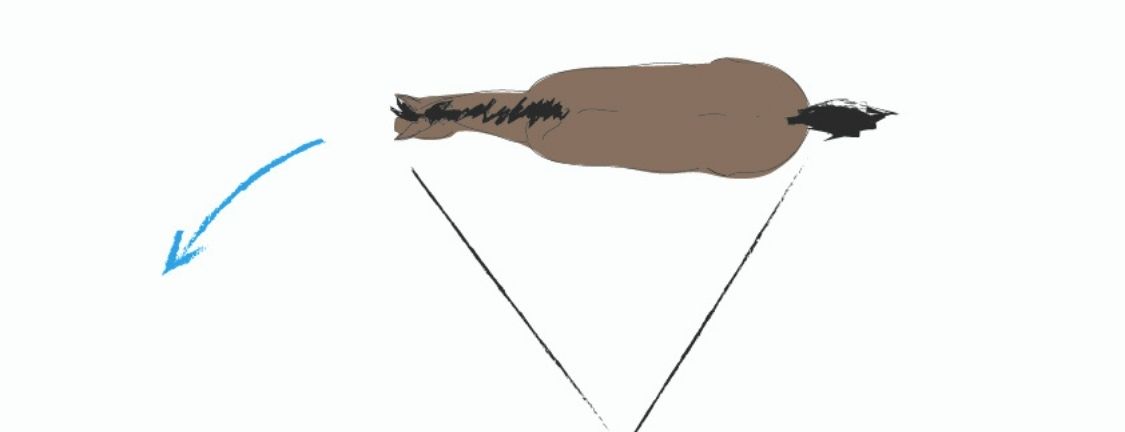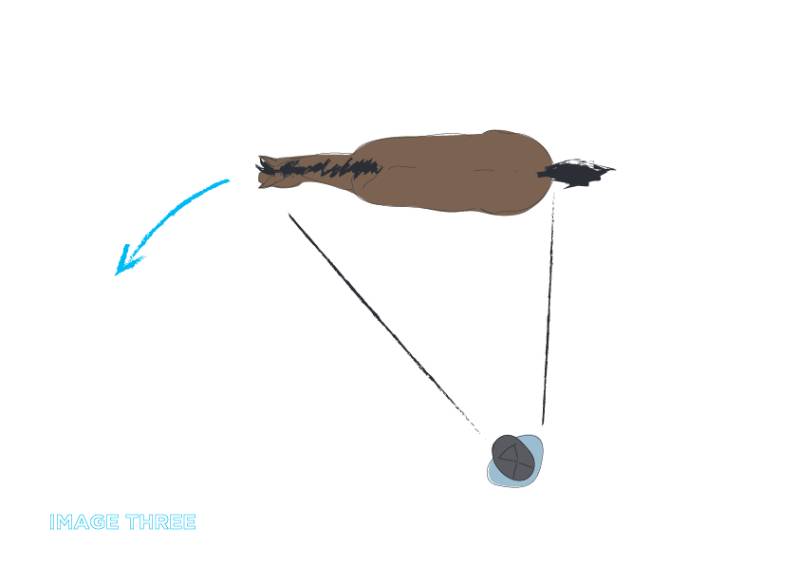
Lunging can help your horse become more flexible and balanced as well as help to improve its fitness. It can also be interesting to see how your horse moves from the ground. We asked Eventer and coach Kath Pinnington for her top tips on how to lunge a horse and why lunging can be helpful. The aim of lunging a horse is to produce a better-balanced horse that can produce self-carriage meaning it will be better equipped to carry you when you hop back on. Once you develop your lunging skills, you will find it an incredibly rewarding way of working your horse and observing their way of going.
Why lunging a horse can be helpful:
To get rid of freshness Educate a horse – for example at the early stages of breaking in To teach ground rules Educate to voice aids Encourage discipline It’s good to establish why you want to lunge your horse to help each session have a focus and an outcome. Once your horse is comfortable on the lunge and they’re moving forward and keeping a bigger circle, you can start to work on suppleness and bend. Keep it varied by adding in pole exercises and changing the rein regularly.
Lunging a horse is great for:
- Improving your horse’s balance and core strength
- Encouraging your horse to work properly over their back
- Developing symmetry – are they working evenly, propelling impulsion forward equally and from both hind legs?
- To help build on your relationship with your horse
Before you start lunging, it's important to make sure you're wearing the right clothing, for safety reasons we recommend wearing sturdy and comfortable boots, a riding hat, and gloves. Make sure the lunge line never wraps around your feeder hand, you should be able to release the lunge line gently without it getting wrapped around anything. It's important to check this in case your horse pulls away whilst on the lunge and you need to release the line quickly.
How to lunge a horse:
Keep central to your horse at all times forming a triangle (see image one), one side being the lunge line the second side the lunge whip pointed down, and the third side being the horse. You want to adopt your body position to give you authority so your horse doesn’t turn into you, your body should be telling them to move away driving forwards, not inviting them in, yet encouraging the correct neck bend.
If you turn your shoulders away from the horse (image two), you are inviting them in, so remember to keep square to your horse, use your lunge whip to keep your body language positive, don’t let it trail to one side as that gives your horse an opening to turn in.

Some horses lunge better on one rein than the other, it can be a good idea to start on your horse’s stronger side to get rid of any freshness before you begin the work, this will also reinforce lunging as a positive experience for them.
Remember to always keep your horse’s head looking towards you and driving them forwards to help with the correct bend (see image three, the horse has not yet adopted the inside bend but the lunger's body position is keeping the horse moving forwards).

If your horse is too straight and hasn't adopted the correct inside bend, their backend can point towards you, making it easier for them to kick out at you – a lunge whip can be your saviour in this instance as it can help keep your horse moving forwards. Nothing is more dangerous on the lunge than a horse kicking or rearing at you if you have no whip to defend yourself. If your horse continues this behaviour and it is out of character for them, speak to your vet or an equine physio to ensure there are no underlying issues.

A top tip on how to stop your horse from falling in and adopting the wrong bend when lunging:
A horse uses its neck as a balancing pole - either by sticking its head up / to the outside/ curling back behind the vertical or shortening it. How your horse uses its neck to balance will depend on your horse’s conformation depending on how the neck is set onto its shoulder and the head is set in the neck.
Warm up your horse in all paces on each rein - checking rhythm, balance, and relaxation. Put the lunge line through the bit then loop it through the lunging roller (this is where a cheek/fulmer bit is highly recommended to stop the bit from pulling through your horse’s mouth)
Then, once your horse is out on the lunge again, you can gently pull on the line to encourage the correct bend, a gentle pull should be followed closely by a release, think of it like squeezing a sponge, you squeeze and release, it’s the same concept, gently pull and release. Keep repeating this message to encourage the horse to bend through the neck, release its inside shoulder and use its inside hind leg more by reaching further under its body as the shoulder is released. As their range of movement in the shoulder increases, they will gradually release their neck, stretch forward into a longer, lower outline, and stretch over their back more.
Equipment to use when lunging a horse:
It’s important to look at your horse’s conformation to realise how easy or not it is for your horse to have the correct outline and this will influence which training aids you may or may not decide to use when lunging a horse.
We recommend before using any artificial training aid, that your horse is checked by an equine physio to ensure they have no muscle issues or imbalances, especially tight hamstrings. If your horse looks unlevel, consistently bucks or keeps changing the lead leg in canter - stop lunging your horse and get them checked out by your vet or physio.
